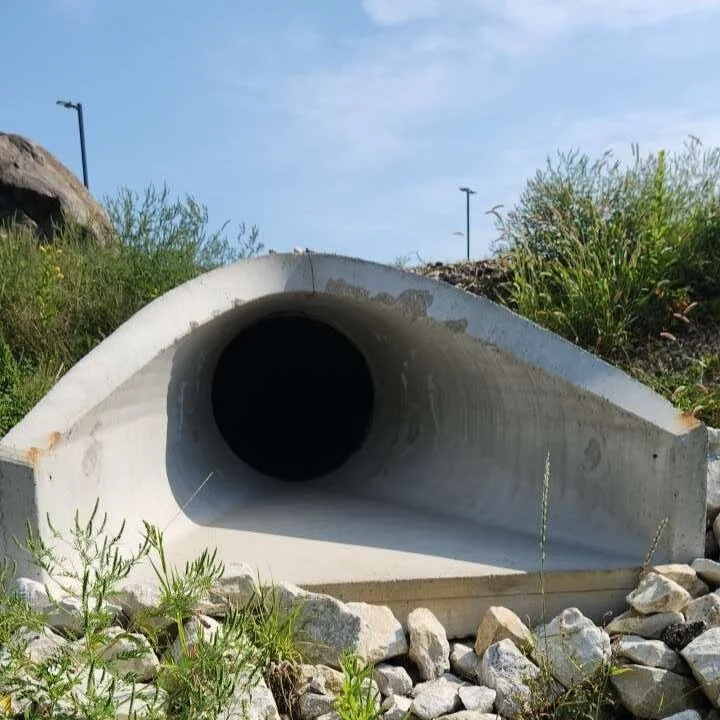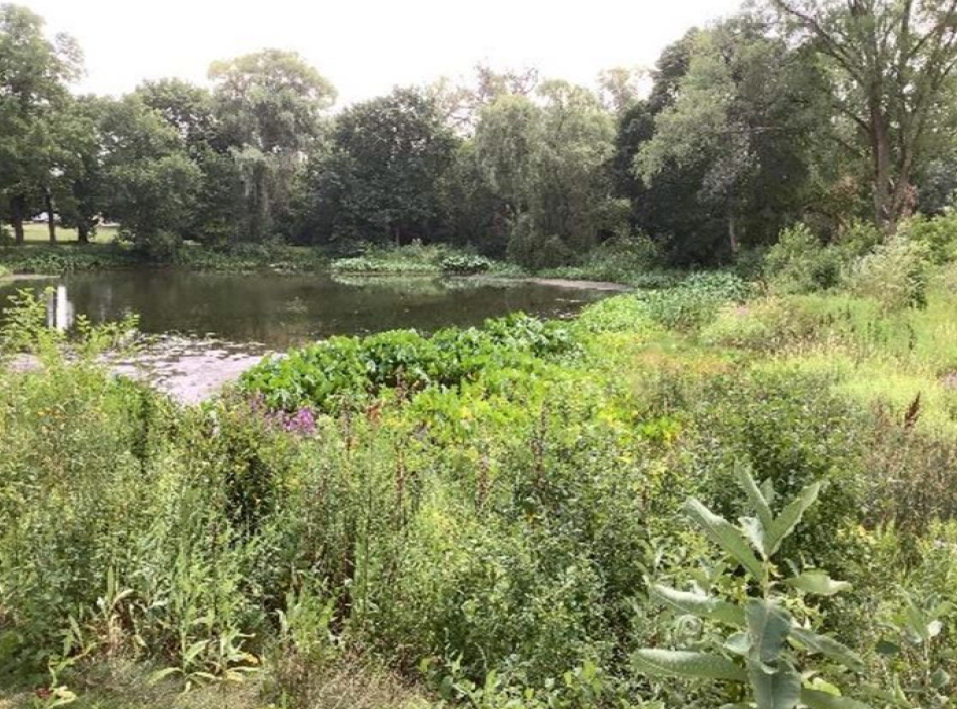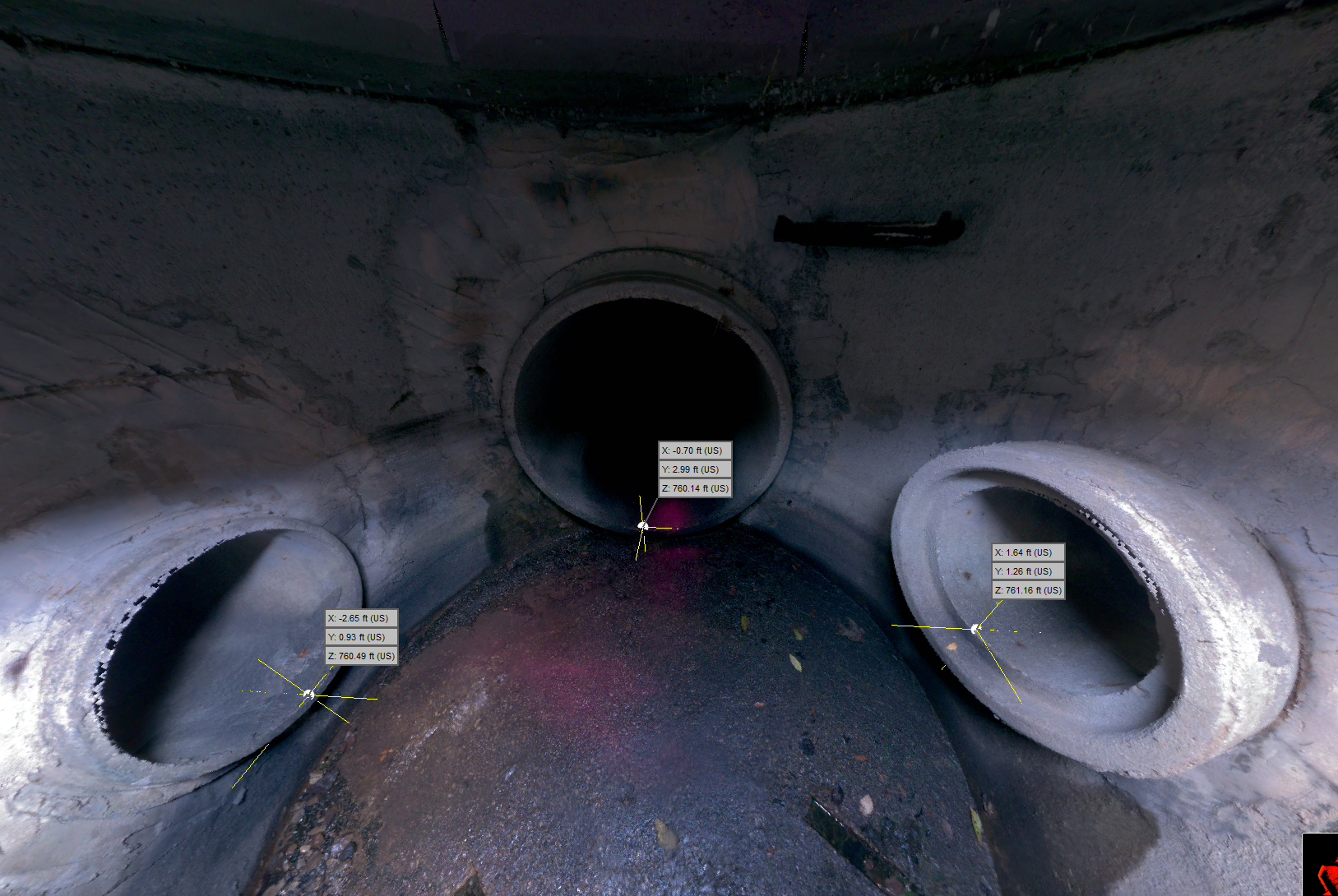Image Courtesy of Aqua Aerobics
Installing filters for phosphorus removal has proven to be an effective way to meet the Water Quality-Based Effluent Limits (WQELS) for effluent total phosphorus instituted in wastewater permits starting in 2010. The filters work in conjunction with upstream chemical and polymer treatment where phosphorus-containing particles are created. These solids are then separated from the wastewater through the filtration process. The filter media can be membranes, cloth, sand, or other media. The phosphorus particles are then removed from the filtration equipment through backwashing and ultimately the phosphorus is removed through wasting with the biosolids from the facility. Filters are typically installed downstream of the secondary clarifiers and upstream of the disinfection process.
For facilities considering retrofitting to include new filters, the challenging part is the head loss created. Typically, when the original treatment facility was designed in the ’70s, ’80s, or ’90s, extra hydraulic grade was not included in the hydraulic profile to accommodate the additional head loss. At the time of the original design, the very low WQBEL levels for phosphorus were not envisioned.
The addition of pumping equipment in the treatment process can be added upstream of the filters, but it is very costly. Consideration should be given to identify potential strategies to fit filters in an existing hydraulic profile.
Best Practices
Consider the 100-year floor elevation. Has this changed since the plant was originally designed?
Survey critical points between the plant outfall and secondary clarifiers. Get very accurate elevations of weirs, channel floors, and other critical items in this area of your treatment train.
Work with the equipment supplier very closely for options to fit the equipment in the hydraulic profile. They may be able to change their standard design to accommodate your situation. For example, valves can potentially be eliminated upstream of the filter equipment reducing headloss.
Consider the bypass elevation of the filter equipment. Can the bypass be lowered to help with the profile?
Consider your peak hour design flow rate for the filters carefully. You may not have to size your filters for your overall facility peak hour flow rate. Consider a blending arrangement with the filtration system bypass.
R/M Can Help!
Using the above strategies can save millions of dollars in capital and O&M costs by eliminating the need to pump your wastewater a second time.
For more information, please to contact Dave Arnott or Don Heikkila.
about the author
dave w. arnott, p.e.
Team leader / senior project manager
Dave has extensive experience in the planning, design, and construction project management of wastewater treatment facility renovation and upgrade projects. Areas of expertise include treatment processes, hydraulics, mechanical equipment, and wastewater disinfection. He also has experience in sanitary and water pumping station design and sanitary sewer wet weather facilities.


















